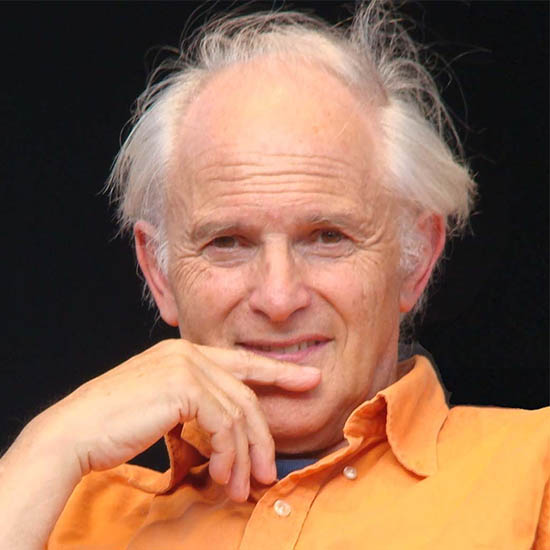Harold Kroto BiographyInterest and expertiseAwards
Here are the instructions of how to enable JavaScript in your browser.http://kroto.info/Nobel Prize in ChemistryVega Science TrustGEOSETNational Academy of SciencesBiographical Memoir
//
Skip to content
The Royal Society
The Royal Society
Search
Show navigation
You currently have JavaScript disabled in your web browser, please enable JavaScript to view our website as intended.
Here are the instructions of how to enable JavaScript in your browser.
Harold Kroto

Sir Harold Kroto FRS
Fellow
Elected: 1990
Contact:
wwwhttp://kroto.info/
Biography
Interest and expertise
Subject groups
- Chemistry
- Chemistry, physical, Chemistry, general
- Astronomy and physics
- Astronomy
Keywords
Spectroscopy , Fullerene Chemistry, Molecular Radioastronomy, New compounds involving Carbon to Sulphur or Phosphorus multiple bonds, cluster science
Awards
Blackett and Jagdish Chandra Bose Memorial Lectures
On 'Science, a round peg in a square world'.
Copley Medal
In recognition of his seminal contributions to understanding the fundamental dynamics of carbon chain molecules, leading to the detection of these species (polyynes) in the interstellar medium by radioastronomy, and thence to the genesis of a new era in carbon science.
Michael Faraday Prize and Lecture
For his dedication to the notion of working scientists being communicators of their work and in particular for his establishment of the Vega Science Trust whose films and related activities reflect the excitement of scientific discovery to the public.
Nobel Prize in Chemistry
Jointly with Robert F. Curl Jr. and Richard E. Smalley for their discovery of fullerenes.
Thank you for your feedback
Thank you for your feedback. Please help us improve this page by taking our short survey.
var feedbackurl = 'https://forms.royalsociety.org/s/your-website-feedback/?c=';
var cookievalue = document.cookie;
var res = cookievalue.slice(4, 31);
var pageUrl = window.location.toString();
var urlPart = pageUrl.slice(36)
function url()
try
u = feedbackurl + res + "&" + "p=" + urlPart;
return u
catch (err)
return feedbackurl;
function YesClick()
if (document.getElementById('feedtxt'))
if (document.getElementById('feedtxt').style.display == 'none')
document.getElementById('feedtxt').style.display = 'block';
document.getElementById('Thankyou').style.display = 'none';
else
document.getElementById('feedtxt').style.display = 'none';
document.getElementById('Thankyou').style.display = 'block';
function Showfeedbackurl()
if (document.getElementById('socialLogos'))
if (document.getElementById('socialLogos').style.display == 'none')
document.getElementById('socialLogos').style.display = 'block';
document.getElementById('TakeSurveyMsg').style.display = 'none';
else
document.getElementById('socialLogos').style.display = 'none';
document.getElementById('TakeSurveyMsg').style.display = 'block';
document.getElementById('feedtxt').style.display = 'none';
//
Share:
Sign up for newsletters